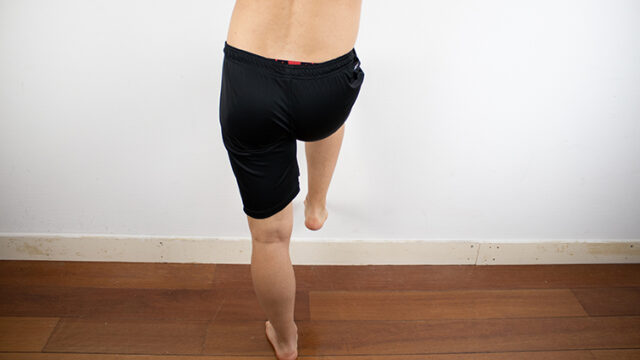Learn
Trendelenburg Sign | Hip Abductor Weakness Assessment | Hip OA
The Trendelenburg Sign is often seen in patients with hip abductor weakness like it is often the case in hip osteoarthritis. For this reason, Youdas et al. (2010) evaluated the Trendelenburg Signs validity to diagnose hip osteoarthritis. They found a sensitivity of 55% and a specificity of 70%. For this reason, the authors conclude that based on validity information from the present study, the Trendelenburg test(P-O-F angle) is not useful in identifying subjects in the early stages of hip joint OA.
The patient is in standing position (they may hold onto the wall for balance)
Then, the patient is asked to flex one hip to 90°
The examiner assesses the height of the iliac crests on both sides, where the side with the flexed hip should be higher than the other side
Positive Outcome: If the iliac crest on the side with the flexed hip drops lower than the iliac crest on the standing side or the patient compensates by leaning the trunk towards the side of the standing leg, this indicates weak abductor muscles (gluteusmedius+minimus) on the leg of the standing side. Some authors specify a femoral angle of ≤83° on the standing leg with a specified time duration of 30s as a positive sign.
21 OF THE MOST USEFUL ORTHOPAEDIC TESTS IN CLINICAL PRACTICE

Other orthopedic tests for hip osteoarthritis are:
Like what you’re learning?
BUY THE FULL PHYSIOTUTORS ASSESSMENT BOOK
- 600+ Pages e-Book
- Interactive Content (Direct Video Demonstration, PubMed articles)
- Statistical Values for all Special Tests from the latest research
- Available in 🇬🇧 🇩🇪 🇫🇷 🇪🇸 🇮🇹 🇵🇹 🇹🇷
- And much more!








